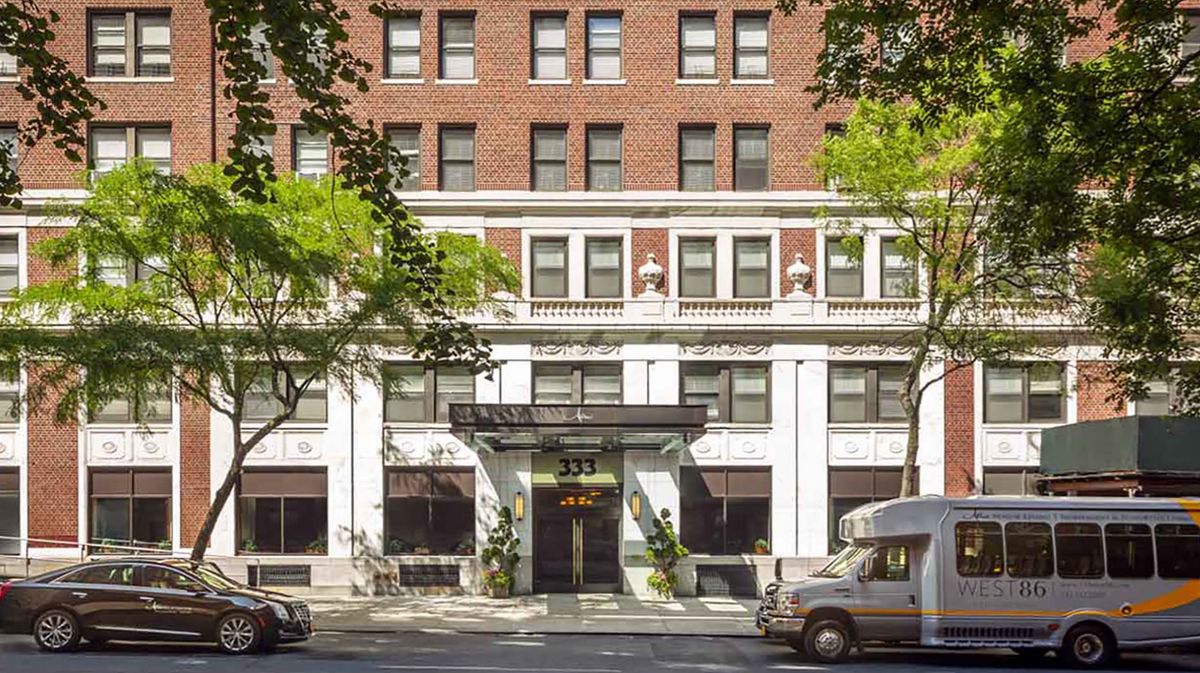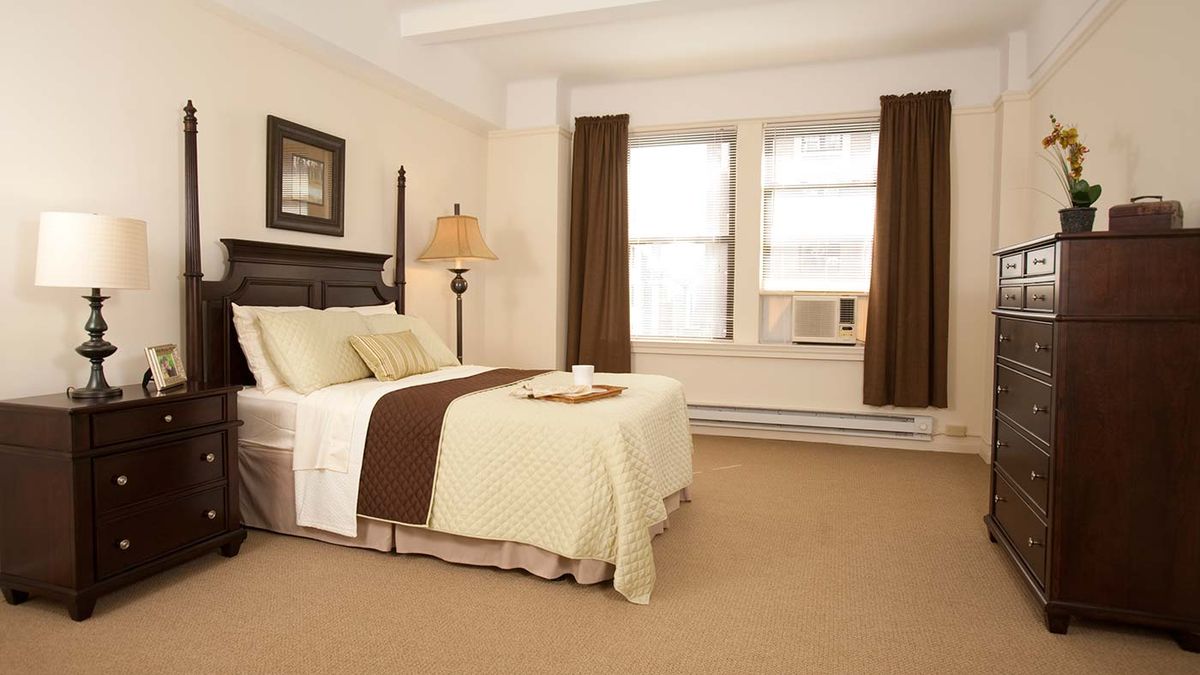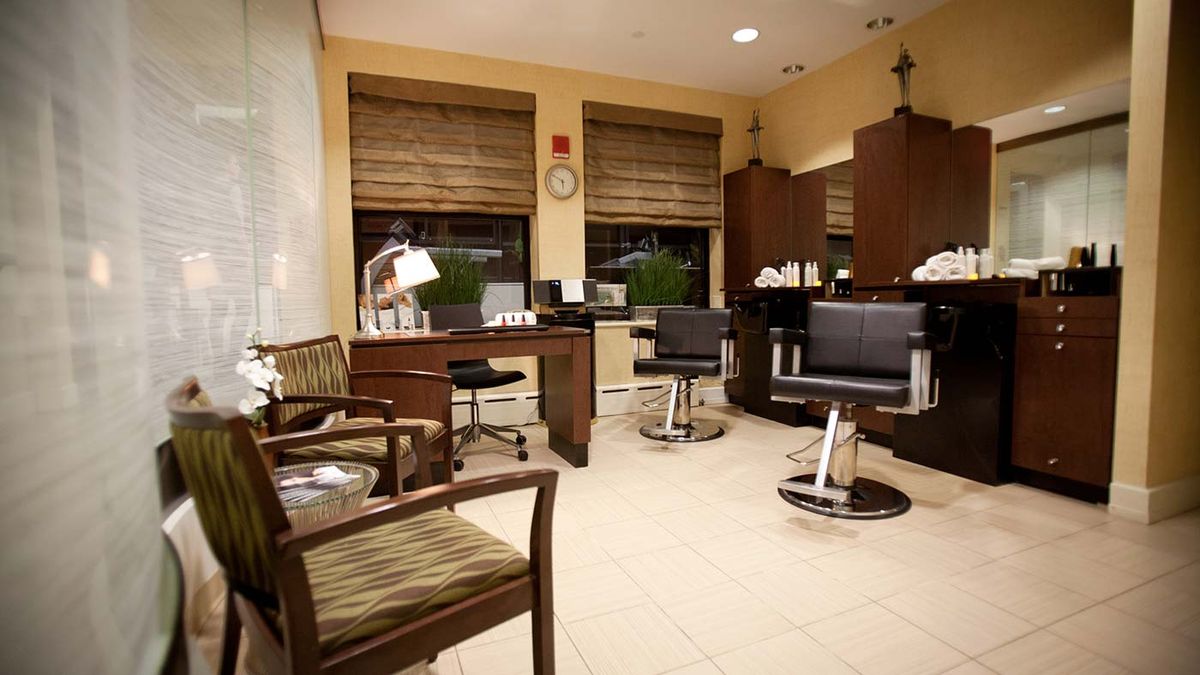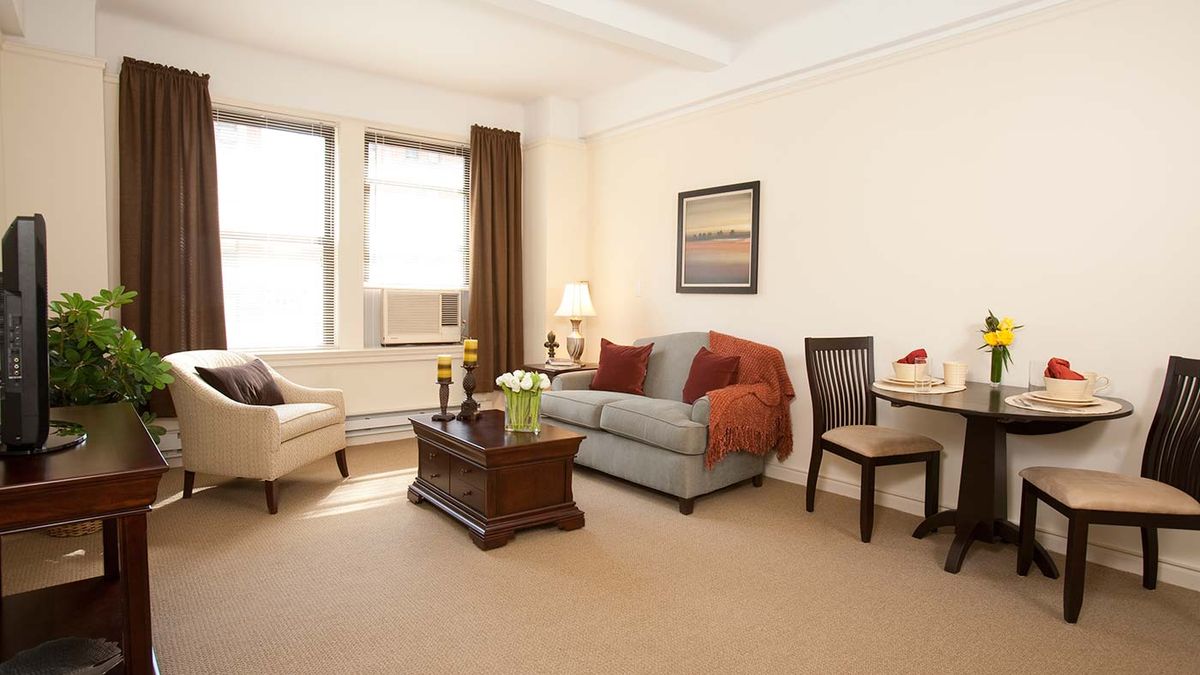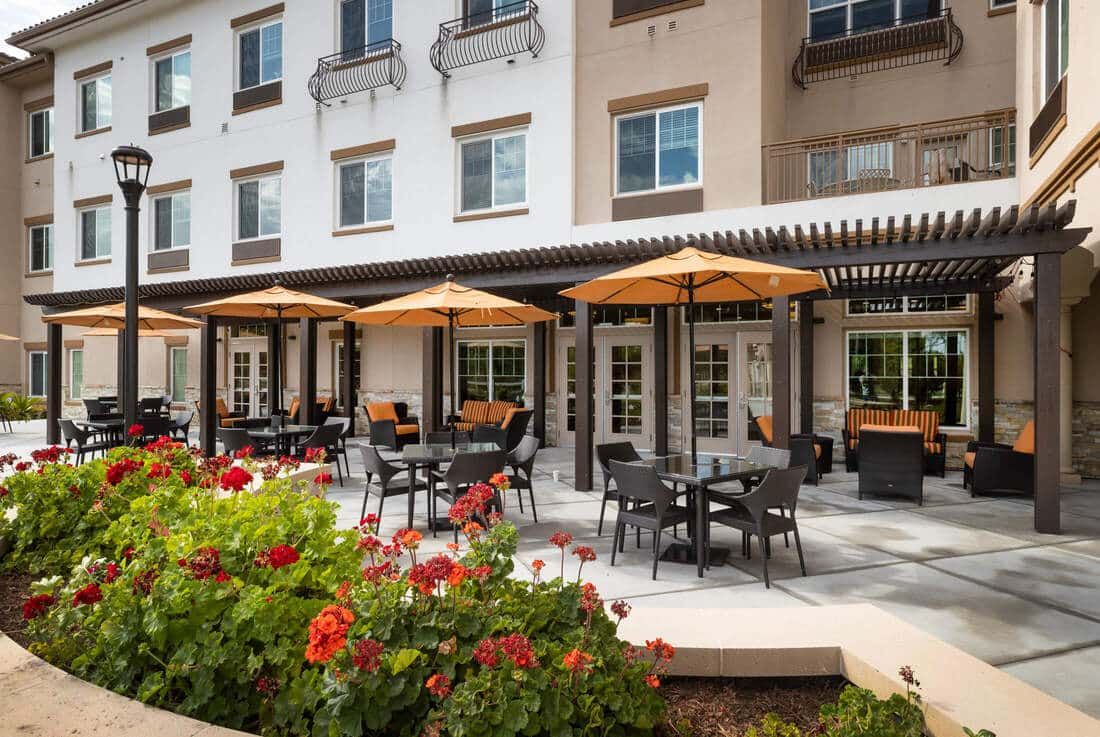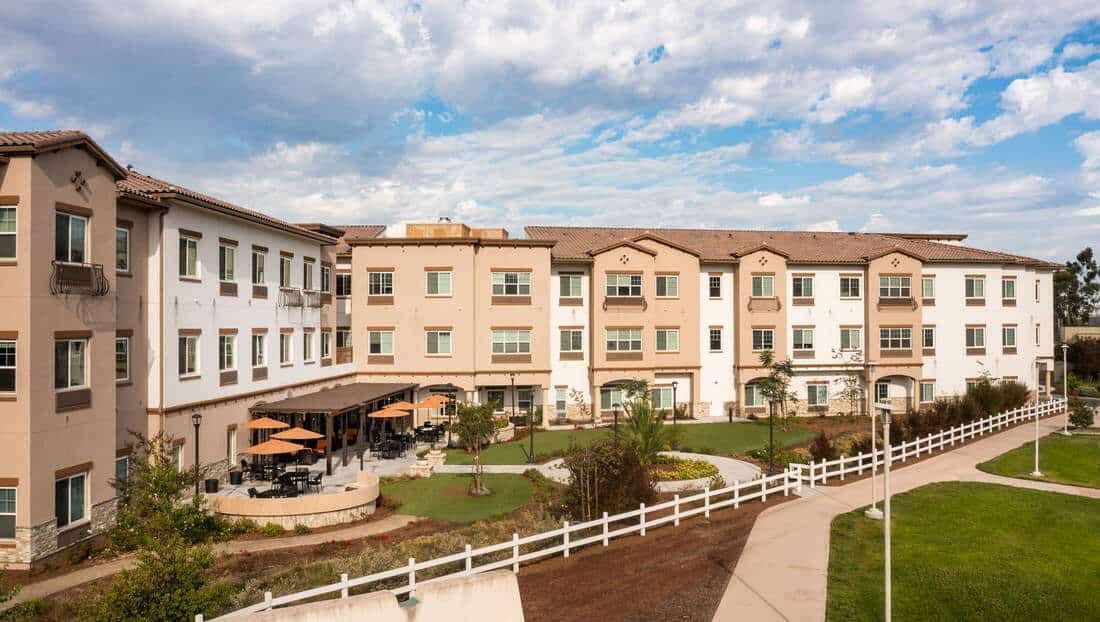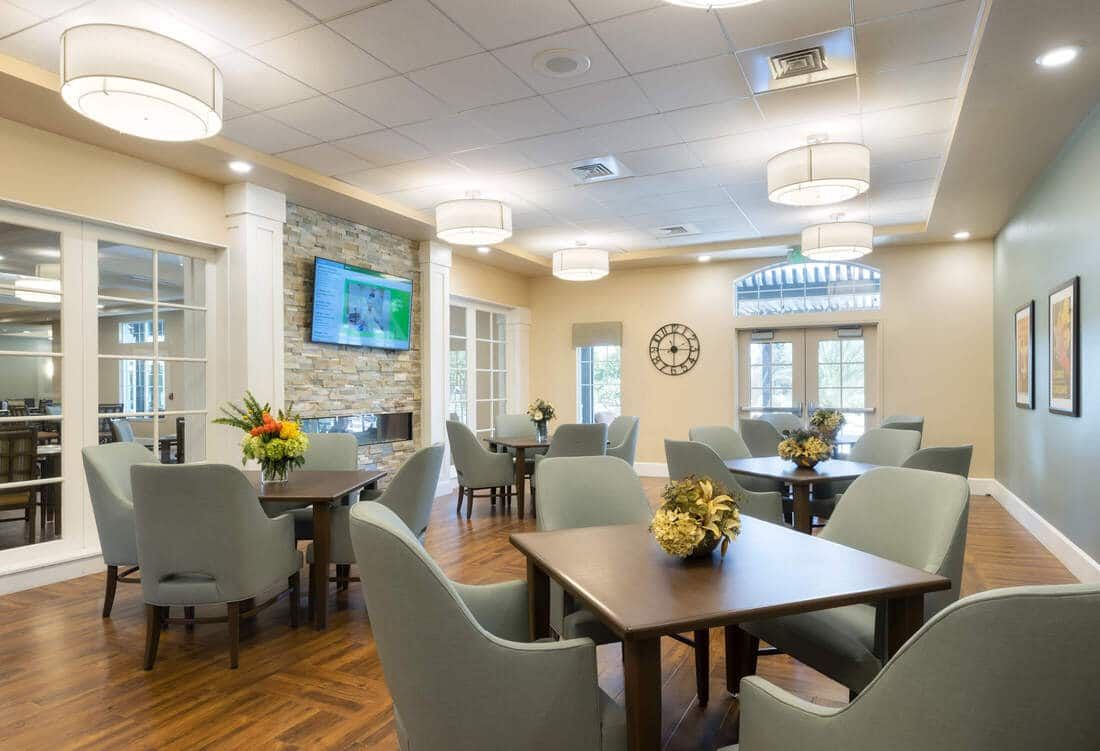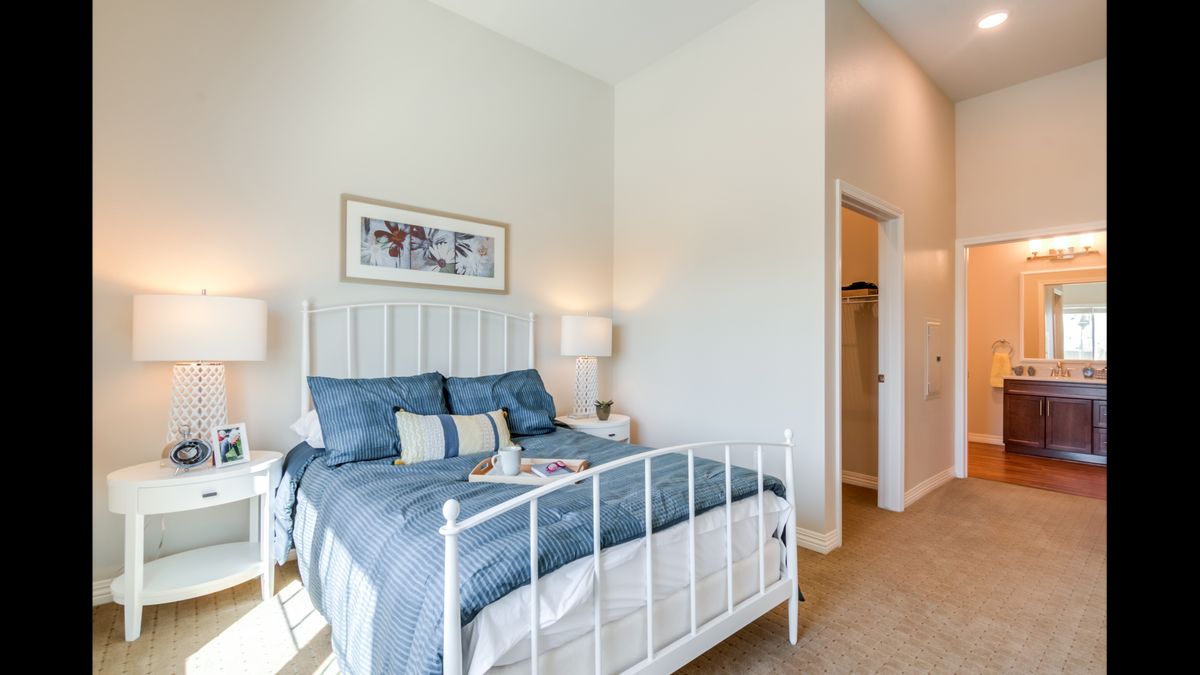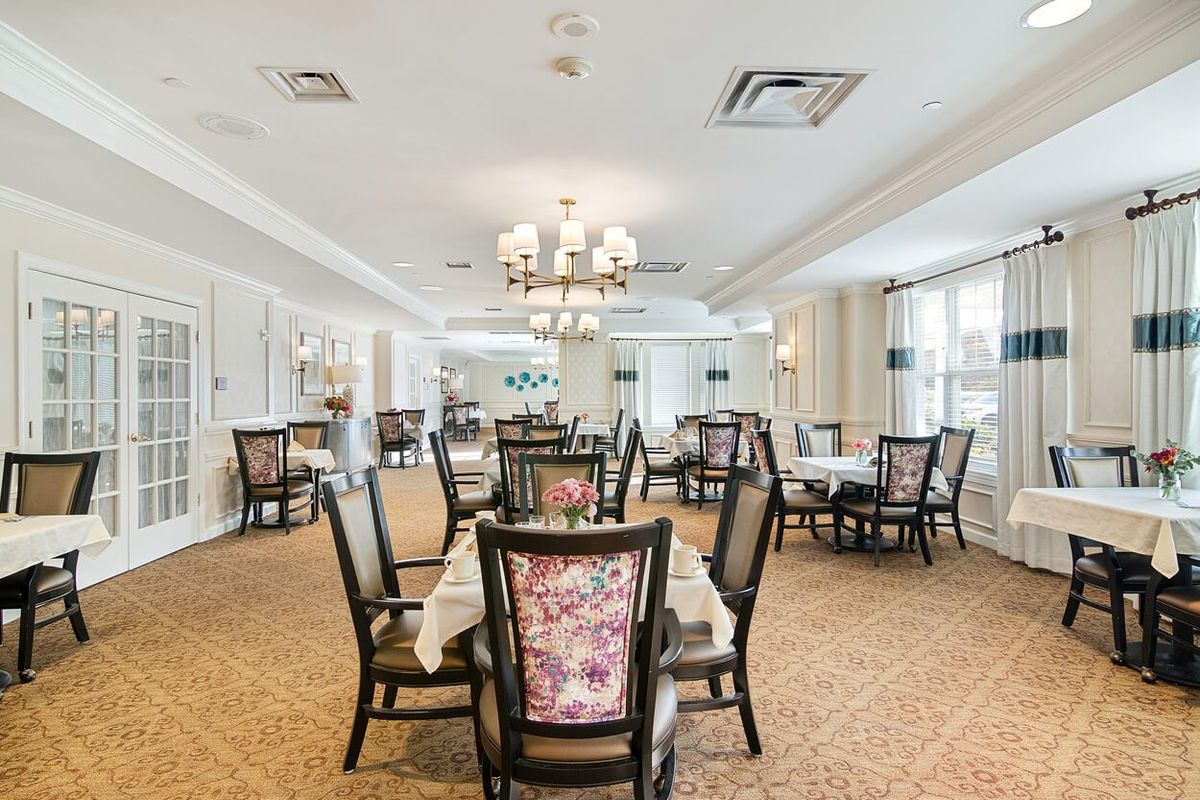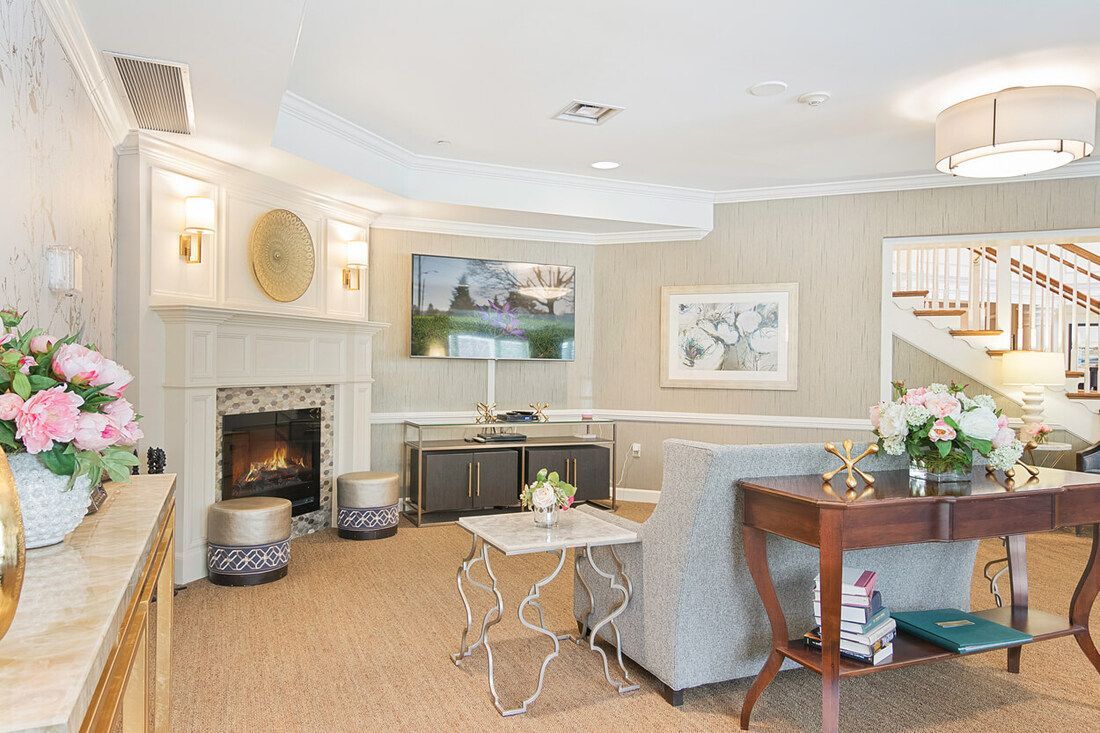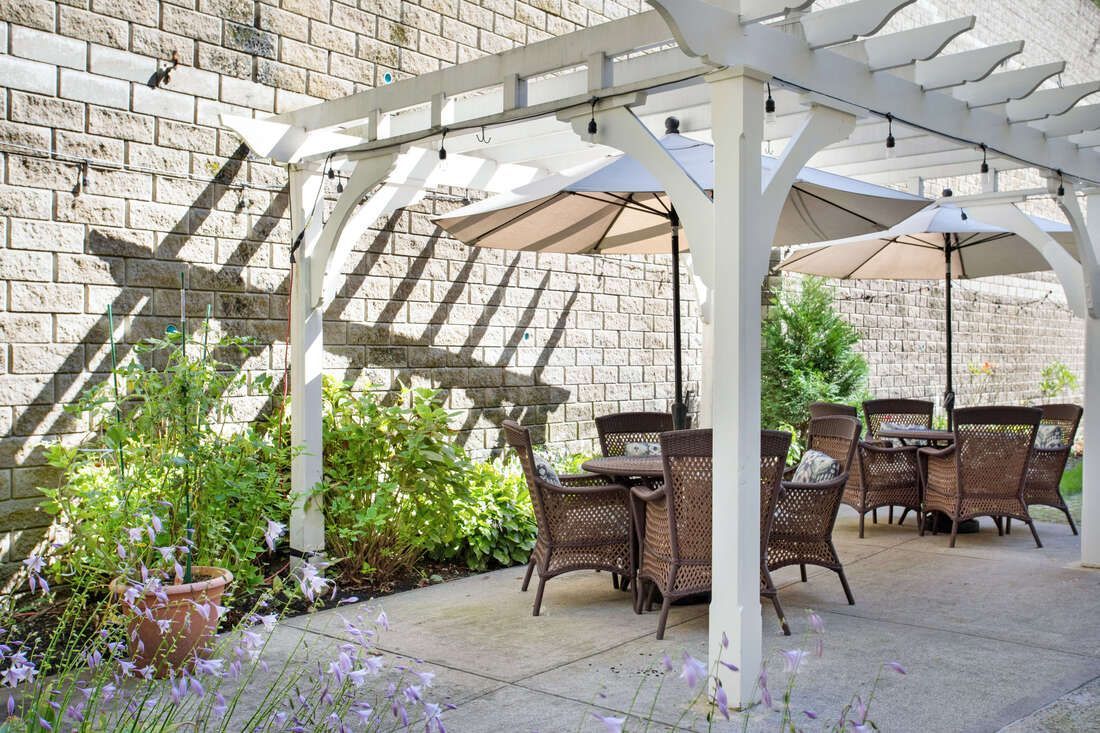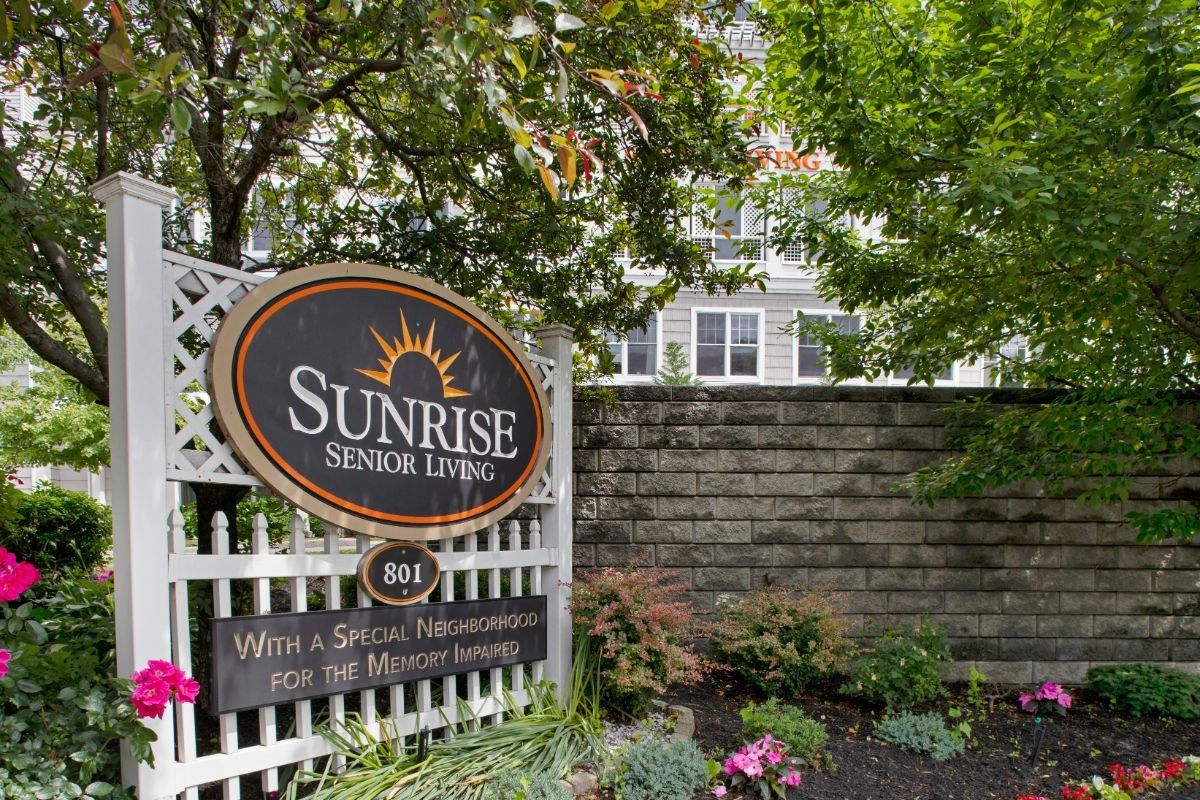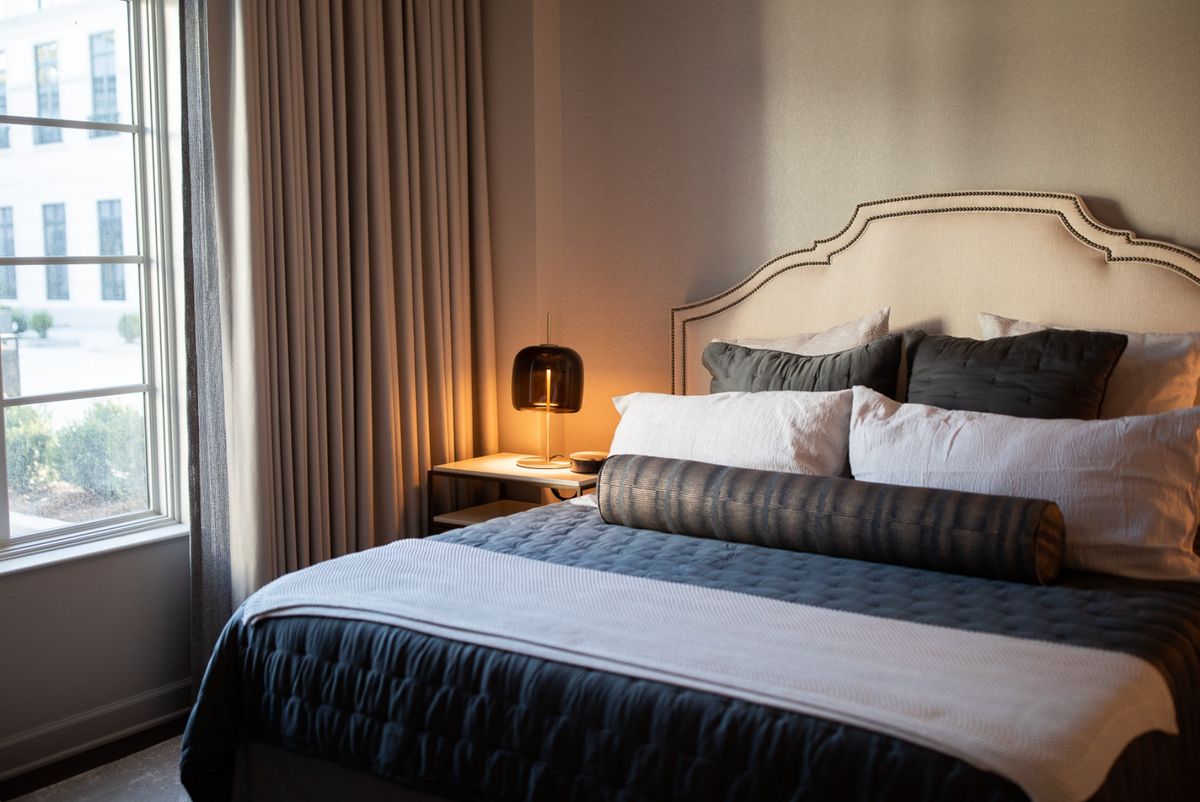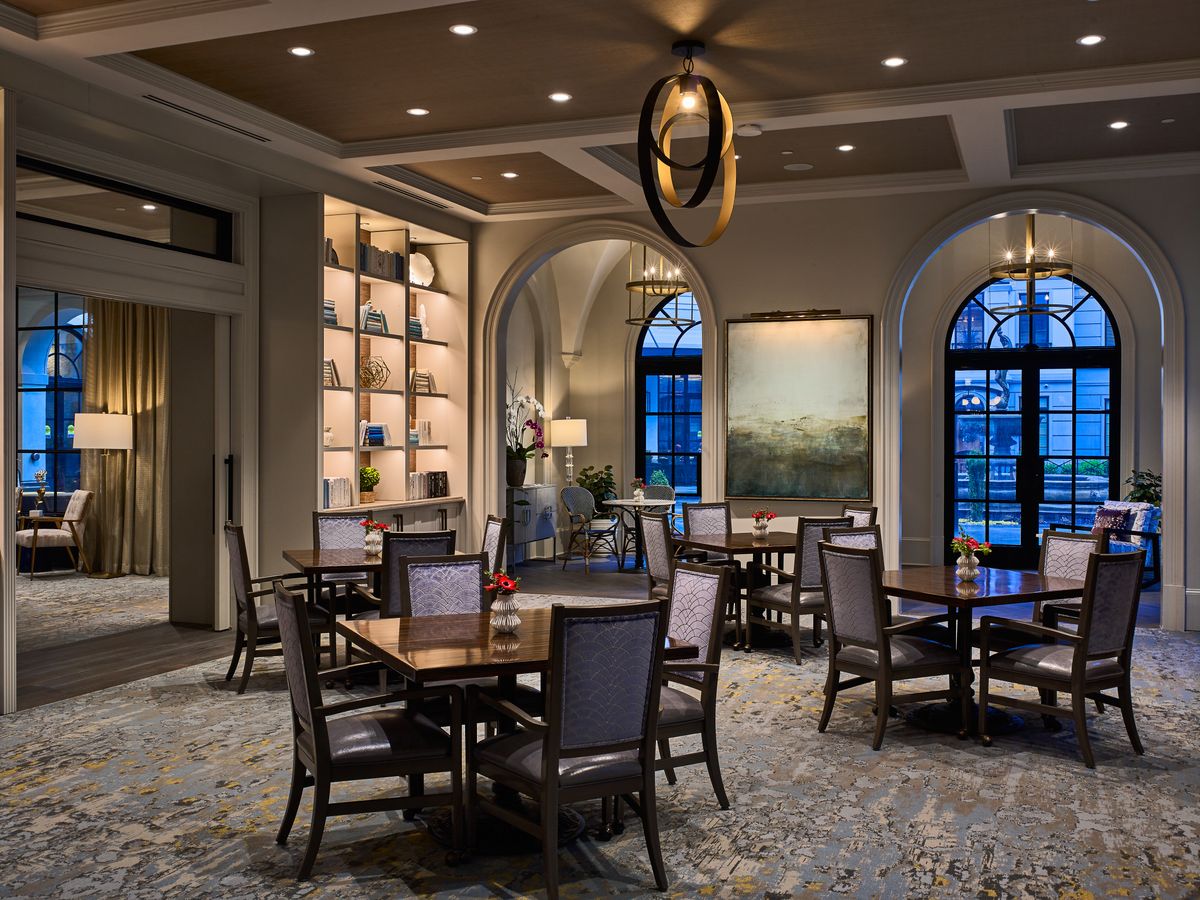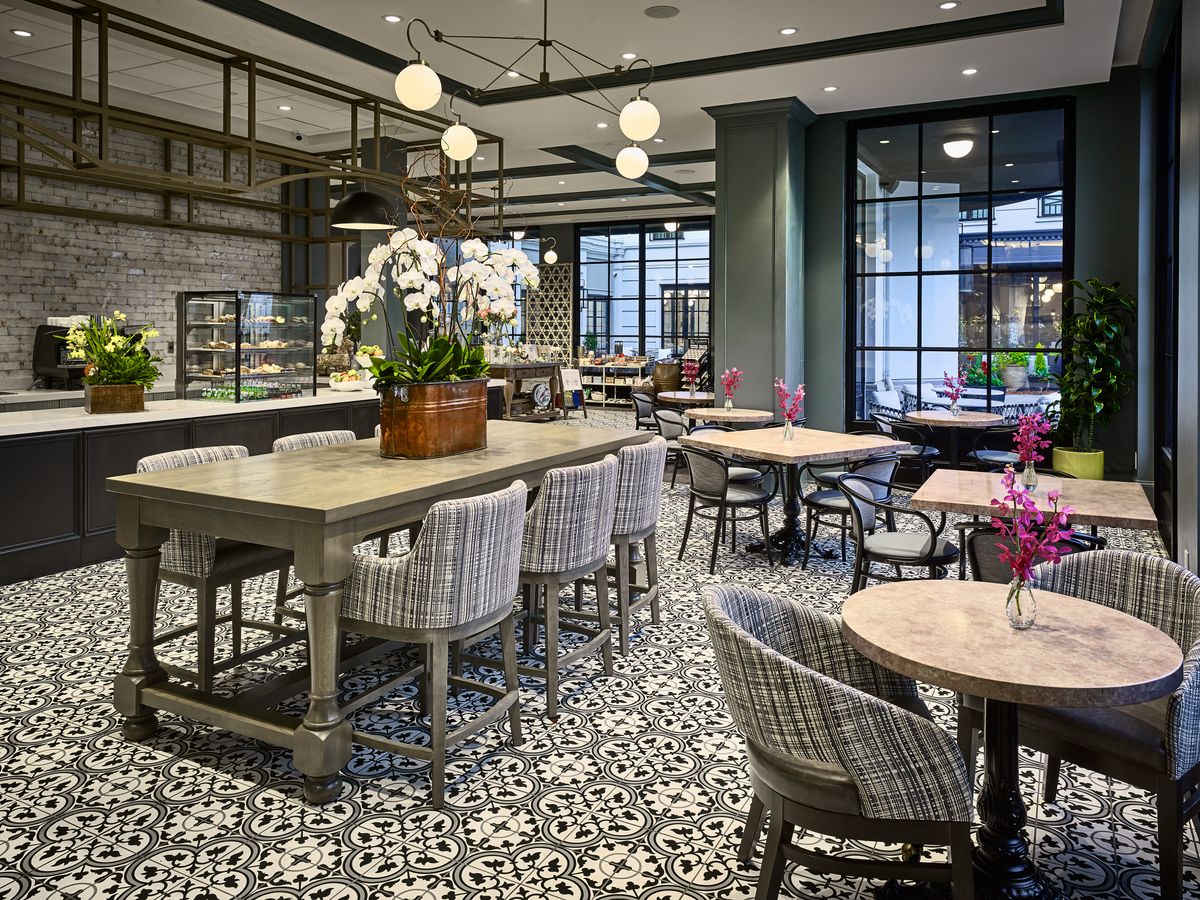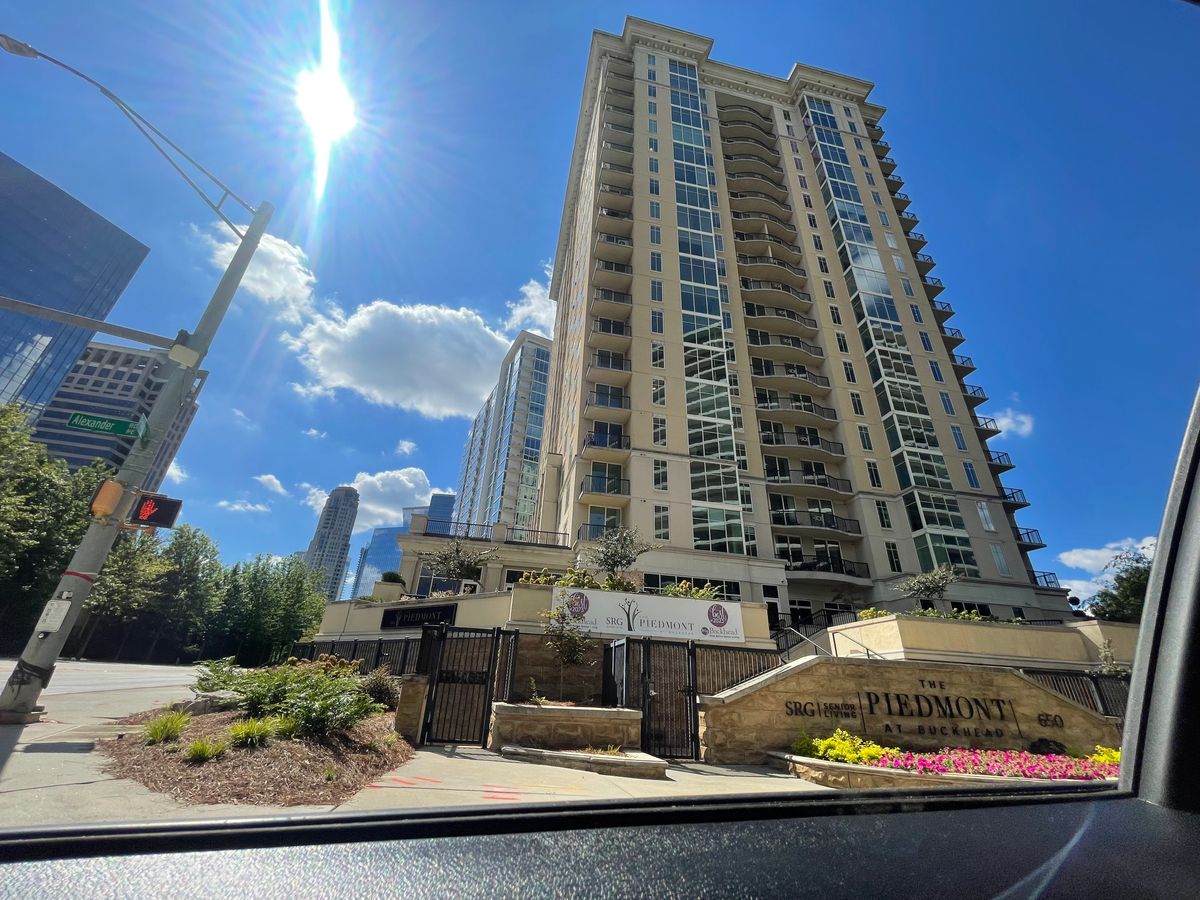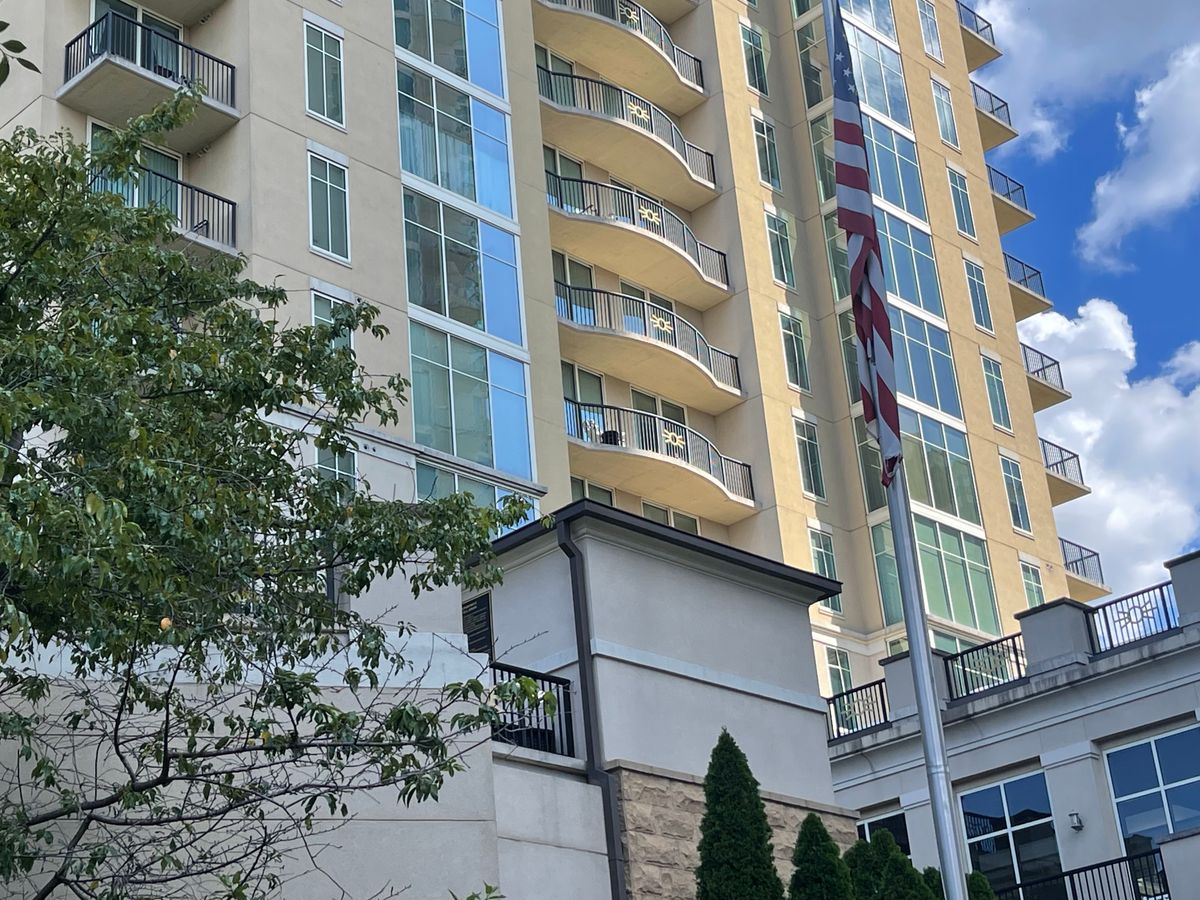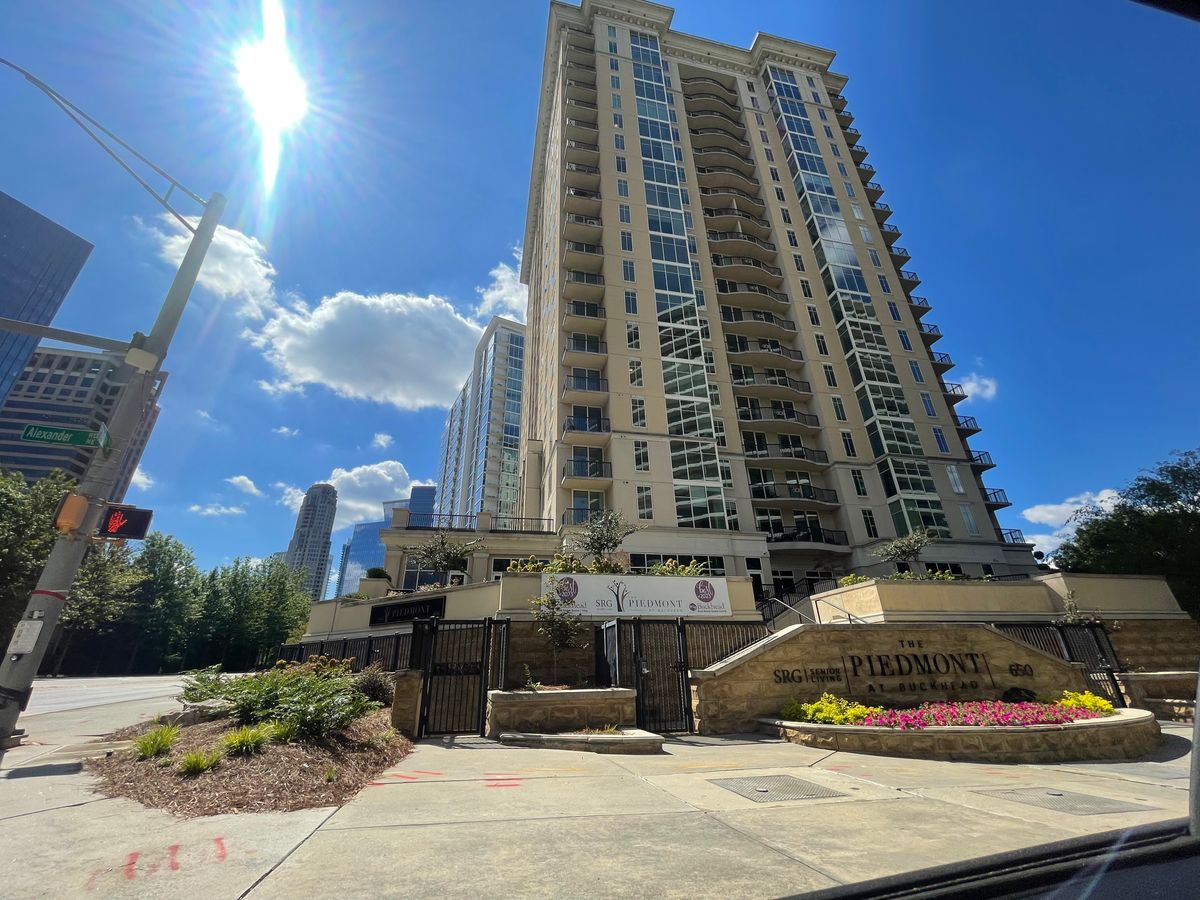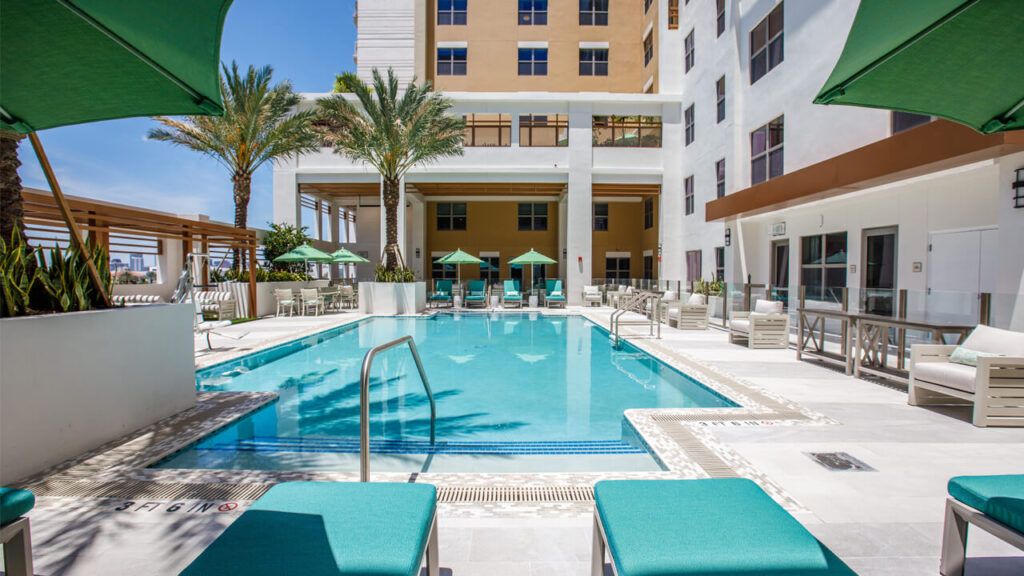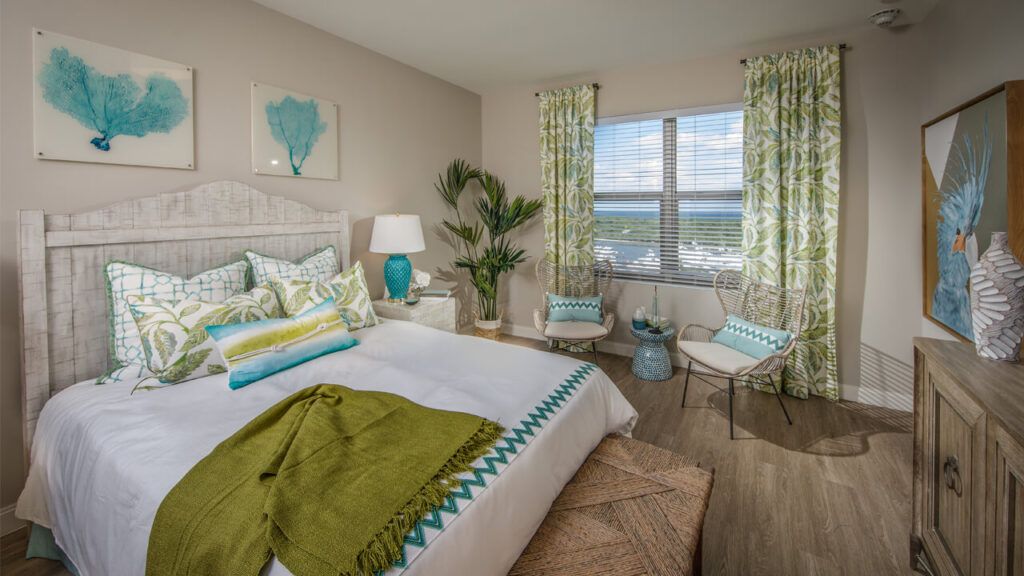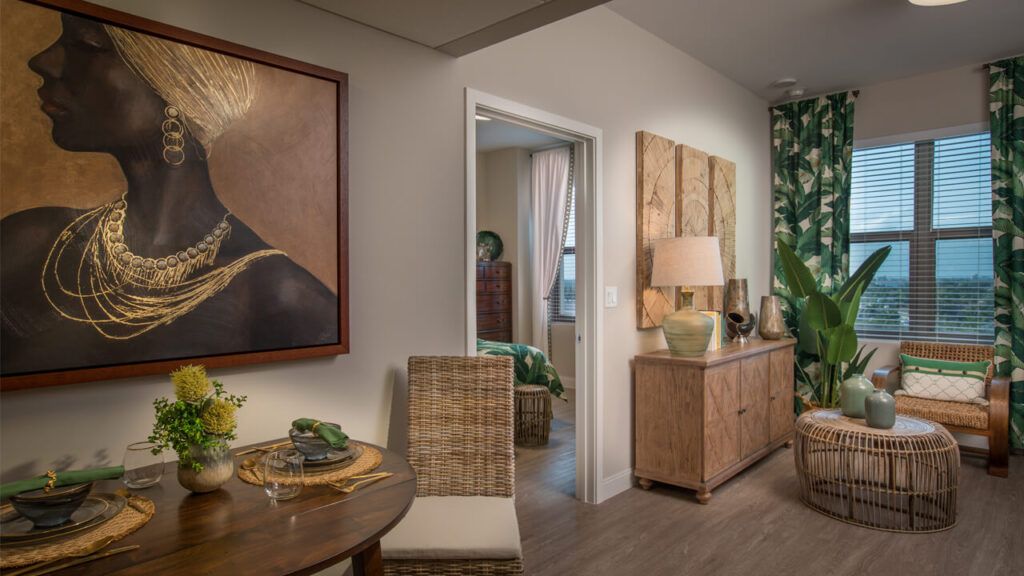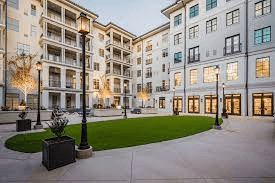
Assisted Living: Your Definitive Guide for 2024
See what assisted living looks like near you
What is assisted living?
So, what are assisted living facilities and what is assisted living? Let's start with the basics. Assisted living is a type of long-term residential care for seniors who need some help with daily tasks like laundry, transportation, and medication management. Most assisted living facilities offer support with daily activities, as well opportunities for social and recreational activities. There are even places that don't refer to themselves as assisted living which may provide assisted living services. This includes retirement homes, nursing homes, or senior living communities.
Most assisted living facilities can be large, hotel-like properties, or more intimate single family homes (often called board and care or residential care homes). The terminology a community uses can vary slightly due to preference or state regulations. For example, you might see assisted living facilities sometimes referred to as long-term care facilities or even personal care homes. While each community is unique, most offer room and board, 24-hour (non-medical) care, housekeeping, laundry services, social engagement, wellness programs, and much more.
Although the services, amenities, community atmosphere and culture will vary from property to property, all assisted living facilities share a common goal: to support aging adults in a respectful and personalized manner.
What are ADLs in assisted living facilities (Activities of Daily Living)?
Assisted living provides assistance with the activities of daily living, or ADLs. Medical professionals and assisted living staff use ADLs to evaluate how independently someone can live. Key ADLs include the following:
- Personal hygiene. This activity includes not just bathing and grooming (brushing your teeth and hair, trimming nails., etc.), but also whether you can handle glasses, contacts, and hearing aids.
- Toileting/continence. This ADL refers to one’s ability to recognize the need to go, reach the toilet, and wipe effectively, as well as the ability to sit and stand back up.
- Dressing refers to one’s ability to not only get dressed independently but also to recognize what clothing is appropriate for the weather or setting.
- Eating means feeding yourself (and drinking) without spilling.
- Mobility (often called “transferring”) refers to the ability to change from one position to another (from sitting to standing, getting out of bed, etc.) as well as walking.
Assisted living can help residents with all of these activities of daily living in addition to laundry, meals, transportation, and medication management, while still affording them the independence to pursue their hobbies and interests every day.
Benefits of assisted living communities
Although the aging process is different for everyone, we will all undergo some kind of change as we age. Some may experience cognitive or physical decline, others may struggle with social isolation, and still others may just want to take a step back from the responsibilities of household maintenance.
No matter the challenge, assisted living is a powerful and transformative support for not only aging adults, but for other family members and caregivers as well.
Privacy in assisted living
Get ready, because we are about to debunk one of the biggest myths about assisted living: assisted living residents still have privacy! This is always so important to older adults considering assisted living, and most are pleasantly surprised by the sense of autonomy and independence they still have after moving in.
Although assisted living staff will have an individualized care plan in place for each resident, it does not mean constant monitoring or a lack of privacy. In fact, assisted living can be the perfect balance for seniors who want to be independent, but also need some day-to-day assistance and care.
The many benefits of assisted living
In our view, the benefits are many: help with activities of daily living, the opportunity to remain active and engaged, to make new friends and feel part of a community, yet still have independence. What more could we ask for?
Services and amenities in assisted living
While some seniors fear leaving their own homes and moving into assisted living, many report that they are happier after the transition. The new living environment often makes it easier to socialize and get out of any rut they might have been in.
Additionally, it’s been proven that maintaining social connections is essential to keeping senior minds sharp and healthy. Staying socially connected also helps to lower the risk of depression and other mental problems, which can be serious issues for older adults.
Though your loved one may currently seem more than content with the familiarity of their own home, the ability to easily enjoy meals with friends, learn new skills, and interact with their peers daily often becomes a priceless, life-extending benefit. What assisted living offers is quality of life and connection.
Some common activities that assisted living facilities might offer are:
- Art and exercise classes
- Shopping trips
- Dances
- Movie nights
- Bingo or other board games
- Access to religious services
- Planned day trips to museums and other sites of interest
- Live music/performances
- Themed days

In additional to thoughtful programming, larger assisted living locations often offer amenities such as:
- Hair salon or spa
- Swimming pool
- Fitness center or exercise room
- Gardens
- Game rooms
- Theaters

These amenities will vary from community to community, but whether the community is large or small, basic or luxurious, assisted living staff are committed to making residents feel at home and providing access to the hobbies and activities that are important to residents.
What do assisted living communities look like?
Assisted living communities vary widely in size and style. And like ice cream, there's a flavor for just about everyone. Some might be smaller and more casually cozy, while others aim for the vibes of a luxury hotel. Both are wonderful environment, and preference is often driven by personal taste.
Here is an example of a larger luxury community and a smaller board-and-care home. As you can see, both are equally bright, modern and lovely.


Many assisted living facilities feature communal areas (including dining rooms, libraries, game rooms, etc.) and private rooms. You could share your room with a roommate or have your own suite, complete with a kitchenette. In most, you will bring personal furniture to help make your room feel comfortable and personal.
Assisted living communities might offer studios, one bedroom (or private room), or even two bedroom units to residents. Meal times are often communal, but you’ll often have the option to dine in your room or enjoy snacks at your leisure.

Staff at these communities want their residents to feel at home and you’ll typically be able to bring in some of your own furniture, art, family photos, and other home decor. Most assisted living communities will also have outdoor spaces, though they may be as simple as a modest patio or as grand as a large garden.
What are assisted living staff like?
The staff at any senior living community are undoubtedly the heart and soul of the experience. So while you're touring facilities, pay special attention to how they interact with current residents, how they greet potential residents, and most important, how they engage with each other. While it's easy to focus on the “bells and whistles” of a community, the staff are often an undervalued part of the discovery and decision experience.
Staff members at senior care communities want their residents to feel at home. In the broadest sense, assisted living staff tend to be warm, kind, caring - and efficient. They work in senior care because they love working with people in human services. They engage in physically and emotionally demanding work and often do so while bringing energy, excitement and professionalism to their roles. We can't say enough about the importance of what they contribute on a daily basis.
An assisted living facility typically is comprised of a dedicated staff whose job is it to provide a comfortable, safe, and supportive environment for residents. The staff may includes a mix of registered nurses, licensed practical nurses, or certified nursing assistants responsible for administering medications, monitoring health conditions, and providing basic medical care under the guidance of a nurse supervisor, especially if the community also supports residents with skilled nursing needs.
Assisted living facilities also employ caregivers, who assist residents with support for personal care, such as bathing, dressing, and mobility. Additionally, a dietary team composed of culinary professionals and dietitians works together to plan and prepare nutritious meals tailored to individual dietary needs. Other essential staff includes housekeepers, maintenance personnel, and administrative professionals who ensure the facility remains clean, functional, and well-managed. In addition to these core roles, some assisted living facilities may also employ recreational therapists, speech therapists, social workers, and other specialists to address the holistic well-being of residents.
Finally, for almost every community there will be a Director or Executive Director, whose main role is to ensure staff are working together to provide an excellent experience. This role often sets the tone for a community, so it's important to meet the Director in
And while the roles vary from community to community, the main thing to remember is that there is a team of people whose primary function is to ensure that residents are happy, healthy and engaged.
How does assisted living differ from other types of senior living?
Assisted living vs nursing homes (also called skilled nursing facilities)
Skilled nursing facilities (also called nursing homes) provide more comprehensive and intense support than an assisted living facility , including medical assistance. Such facilities have medical staff available 24/7 and provide services such as physical therapy, wound treatment, cardiac care, nutrition support, medication management, occupational therapy, and more.
The term nursing home is also used to describe this level of care. The main difference is that SNFs focus on short-term patient stays, while a assisted living focuses on long-term placements instead.
What if a senior doesn't need a high level of care?
The majority of seniors don’t need the level of care SNFs provide, or only need it for a short period of time while recovering from an accident or surgery.
However, seniors with chronic conditions may find that their health deteriorates to the extent that assisted living no longer provides they support they need (remember, assisted living typically only provides non-medical care). At this point, they may choose to transition to a nursing home instead.
Assisted living vs. independent living
Seniors who choose independent living communities typically require very little, if any, daily assistance. Unlike in assisted living, independent living residents can get around, cook, bathe, clean, and manage most of their life without extra help.
Independent living often provides day-to-day social activities and communal amenities, similar to gated communities or large condo associations. Living spaces are usually larger, apartment-style quarters with full kitchens, outdoor areas, private rooms, etc.
Assisted living vs. memory care
Memory care is designed to provide a safe and stable environment to residents who have been diagnosed with Alzheimer’s or another form of dementia. If your loved one only has occasional lapses in memory, and has not been formally diagnosed, they likely do not require memory care just yet, and would be better served by an assisted living community.
Memory care communities offer environments and activities designed to promote cognition and provide a routine environment that helps to alleviate the anxiety that confused residents might feel. They also tend to be secure in order to keep residents safe from wandering.
Assisted living vs. in-home care
In-home care is just what it sounds like, care that takes place in your own home. In-home care can be divided into two categories: home care and home health care.
Home care provides services similar to what you’ll find in assisted living: help with ADLs, cleaning, meal prep/delivery, transportation, and other chores or errands. Seniors who want to stay in their own home for as long as possible often seek out home care.
Home health care, in contrast, can provide personal care and medical supervision, usually after hospitalization or injury. Home health care providers can bring services like physical therapy, medical tests, administration of medicine/shots, and wound care to you at home.
Even if a senior already lives in an assisted living facility they might be able to have home health care services come to them in their current environment (depending on their community’s capabilities), so that they don’t need to move out as they recover from a surgery or illness. Similarly, a family member might request additional home care support for a senior in assisted living, for more one on one attention or companionship.
How much does assisted living cost?
This is by far the most often asked question. According to Seniorly data, the national average for assisted living costs in 2023 was $4,401 per month. That comes to about $52,812 a year.
Keep in mind that this is an average, and that the numbers used to calculate it spanned a wide range. In fact, Seniorly data suggests that most families will underestimate their monthly budget by almost 20%, meaning that once inclusions and services are factored in, they can actually afford more than they originally thought.
We recommend setting a realistic budget and then exploring communities that might be slightly over that budget, being careful to understand specifics of what is included and what is not.
There are a few factors that go into this cost, with location being perhaps the most important: the cost of care varies widely across the country and from urban to rural areas. Additionally, the personal care services provided and the amenities available will change the cost from community to community.
To learn more about pricing by care levels, explore our senior living pricing data hub.
What do assisted living monthly fees cover?
The costs of assisted living facilities typically cover the room, three meals per day, 24-hour supervision, housekeeping, and daily non-medical assistance. Once you add up housing, meals, healthcare, social activities, and other amenities, the cost of assisted living might actually be comparable to living at home, especially when compared against home maintenance, property taxes, and other monthly expenses.
There are also many ways to find that perfect balance of price, services, and comfort. There is a wide range of communities, from the basic to the luxurious. It is possible to choose an assisted living facility that fits your budget without skimping on care and amenities. Keep in mind that at many facilities, pricing may depend on your level of senior care, so make sure that all pricing is clearly outlined in your discussions with any senior living provider.
How to pay for an assisted living facility
Many families worry about the cost of assisted living care. However, most families pay for assisted living with private funds, including retirement funds, pensions, and personal savings.
Private pay options
- Home Equity: After private funds, home equity is one of the most common ways to pay for assisted living. Equity is the money saved up in your house. You can either sell your property for a lump sum to cover costs. Or, you can take out a line of credit backed by the property to supplement your needs.
- Reverse Mortgage: Similarly, reverse mortgages are a kind of slow liquidation of home equity. With a reverse mortgage, you get a monthly payment for your house that slowly turns the money you’ve put into it into cash that can go toward assisted living expenses.
Even families that live comfortably can feel some “sticker-shock” at the price of assisted living. If you’re unsure if assisted living can realistically fit into your budget, look into the many financial aid options available. Many communities offer special payment plans, programs, and other strategies to help your loved one live in their ideal community.
Benefits to help with assisted living costs
Below are some other types of benefits that might be able to help either with the cost of assisted living itself or with hospital stays and healthcare.
- Long-Term Care Insurance (LTI). LTI acts like a regular insurance policy and picks up the expense of assisted living under whatever the terms were when you signed up for the policy.
- Medicare does not pay for assisted living. However, there are other ways it can help with hospital stays, rehab, and memory care. While Medicaid can help with some of the costs of care, half of Medicaid’s funding comes from the federal government and half from your state, so details of coverage and co-pays vary tremendously from state to state.
- Veterans’ Benefits Most veterans are eligible for senior living costs through the VA. Take a look at our piece on VA benefits to learn more.
Learn more about Medicare and Medicaid benefits and how they can help with assisted living costs.
How do you know when it's time to move to assisted living?
It’s hard to know when to start considering assisted living. Oftentimes, family members are forced to find assisted living after their older loved one experiences a medical emergency.
However, it's much easier and less stressful to find and move into an assisted living facility on your own time frame, and many seniors do plan their transitions proactively. Making a proactive decision about assisted living allows you can take your time touring communities and choosing one that suits your or your loved one’s needs.
Additional signs it's time for assisted living
Some signs that it is time to consider assisted living include noticing that your loved one is less mobile than they used to be, that they have trouble keeping themselves and their home clean, or that they seem to be losing track of bills and communication.
Other signs include your loved one not bouncing back from illness or injury the way they used to, or if they’ve lost a noticeable amount of weight (accompanied by an empty fridge or pantry full of expired food). In such situations, it may be time to talk to them about moving someplace where their daily needs can be met and they can live life more fully and comfortably. Read our assisted living moving guide for more information.
Think it's time for the talk?
Take our short assessment to help you decide if it's time to talk about assisted living.
How to choose an assisted living community
Now that you know what to expect from this type of residential facility you can start your search. It might help you to create a list of must-have features and nice-to-haves. Much like house-hunting or selecting a college, moving to a senior community is just another life change. Once you’ve got a shortlist of properties you’d like to tour, you can start thinking of questions to ask.
Each state has its own licensing agency responsible for inspecting and certifying each assisted living facility. Here is a full list of regulating agencies by state, as well as a full list of certifications you should always ask to see. Always ensure the senior living community is completely certified with a reliable, upbeat staff of managers, nurses, caregivers, and other personnel. When asking questions, there should be no hesitation to prove total compliance of regulations.
Beyond these important considerations, you should pay attention to whether the property seems well-kept, the staff seem friendly, and the residents seem happy.
Read our articles on what to look for and how to evaluate assisted living facilities to get even more in-depth advice on selecting a community that’s right for you.
Assisted living communities by state
Assisted Living FAQs
What is the difference between assisted living and a nursing home?
What is the average age of an assisted living resident?
Are pets allowed in assisted living facilities?
Do assisted living communities offer emergency services?
What if an assisted living resident has a medical emergency?
Is there always a nurse on-staff at assisted living?
Is there a doctor on-staff at assisted living?
Do assisted living communities offer memory care?
Is medical care included in the cost of assisted living?
Are assisted living communities wheelchair accessible?
How is the food in assisted living?
Are visitors allowed at assisted living communities?
What are the housing options in assisted living communities?
Do assisted living communities offer transportation services?
What is typically NOT included in the cost of assisted living?
Is assisted living worth the cost?
Are there additional fees for assisted living?
Are there upfront fees for assisted living?
Why do assisted living costs vary so widely?
Do I need to tour the assisted living community?
Should my loved one come on the assisted living tour with me?
How many communities should I tour before choosing one?
How do I schedule a tour at an assisted living community?
What should I expect on an assisted living tour?
Who should I meet on an assisted living tour?
What should I look for on an assisted living tour?
Explore popular assisted living communities
Westmont Of La Mesa
9000 Murray Drive, La Mesa, CA 91942Assisted Living, Memory Care, Independent LivingSunrise Of Staten Island
801 Narrows Road North, Staten Island, NY 10304Assisted Living, Memory CareCorso Atlanta
3200 Howell Mill Road, Atlanta, GA 30327Assisted Living, Memory Care, Independent LivingThe Piedmont at Buckhead
650 Phipps Boulevard Northeast, Atlanta, GA 30326Assisted Living, Independent LivingBelmont Village Senior Living Fort Lauderdale
1031 Seminole Drive, Fort Lauderdale, FL 33304Assisted Living, Memory Care, Independent LivingMarlena del Hierro earned her Master of Arts degree in Gerontology from San Francisco State University and her Bachelor of Arts degree in Human Development from California State University. She also serves in an advisory capacity for Jukebox Health. Marlena is a vocal advocate for evolving the aging paradigm, and is a frequent contributor to public discussions about aging. She has served as a resource for media outlets like WGBH, FOX News, CNBC and the Today Show.
To learn more about Seniorly's editorial guidelines, click here.

